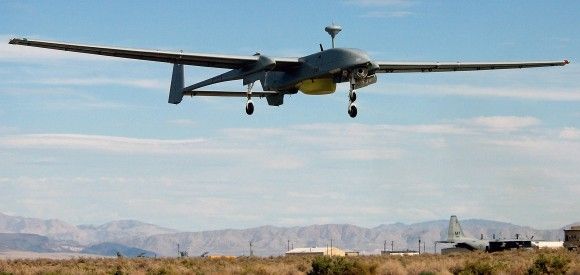Armed Forces
Estonia Receives Javelin Anti-Tank Missiles From The United States
Estonian Armed Forces just recently have received the second batch of the Javelin anti tank guided weapons. The procurement process pertaining the missiles is being financed by the United States.
According to the official announcement, the Americans have lately delivered the second batch of the Javelin anti tank guided weapons for the Estonian Army. Procurement, the value of which is estimated as USD 33 million, is being financed within the scope of European Reassurance Initiative, a special fund created by the Barrack Obama’s administration, the purpose of which is to bolster the US military presence in Europe.
The contract, concerning acquisition of 80 Javelin missile launchers, along with an unspecified number of missiles, was signed by the Estonian authorities back in November 2014. Its value was estimated as ca. EUR 40 million at the time. Optional procurement of another 40 launchers is also covered by the said contract. So, it cannot be excluded that the United States provided the Estonians with only a fraction of the funds, required to purchase the Javelins.
Javelin anti tank systems have been used by the US forces and allies since 1990s. Lithuania and Czech Republic are also among the users of the said ATGM in the Central-Eastern European region. The missile is capable of attacking targets at distances of up to 4 kilometres, even though initially 2.5 kilometres of range was assumed. The missile is fitted with a thermal-vision guidance system coupled with a tandem charge and it is capable of neutralizing armoured targets from the front, or from the top side.
Not only is the budgetary support for the “Eastern Flank” intended to make it possible to carry out exercises or deploy the equipment in the region, as the Americans are also going to deliver and financially support procurement of the technologically advanced armament for the countries of the area.
Javelin deliveries for Estonia are quite important, since in this way, one of the Baltic states, has had its anti-tank capabilities reinforced. This is especially relevant, in the light of the circumstances, in which Tallinn has no main battle tanks at its disposal. That is a critical issue due to its geopolitical position, exposed to potential aggression. It shall also be noted that Estonia has been, since as early as 2013, spending an amount close to 2% on defence, which is an equivalent of the target sum specified by NATO. At the moment, the defence expenditure in Estonia is shaped slightly above the aforementioned level. The same applies to Lithuania and Latvia. Three years ago the defence spending was defined at the level of 1% of GDP. At the moment, the level of military expenditure is being gradually increased.

